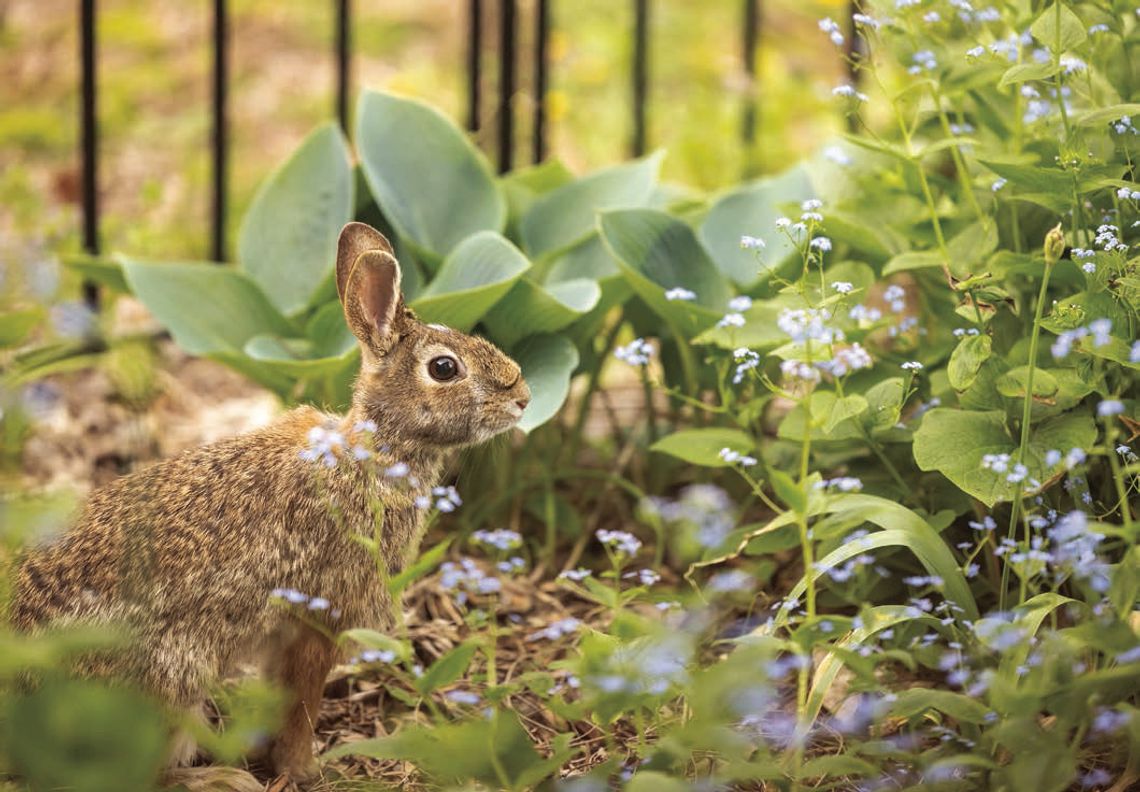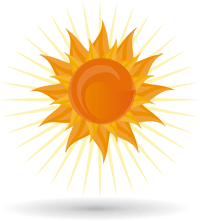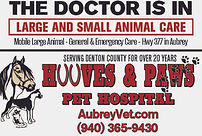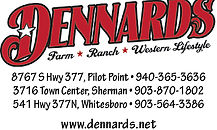The definition of a horticultural pest is any living organism that negatively affects plant health or becomes an annoyance to people or pets.
Insects and arthropods, plant diseases and fungi, weeds, and wildlife can all be pests in our landscapes, gardens and homes. Integrated Pest Management emphasizes prevention above treatment by combining several effective methods with the overall goal, stated by Texas A&M AgriLife Extension, “not to eradicate pests, but to eliminate problems by strengthening and stabilizing the landscape so that conditions are more favorable for plants than for pests.”
The first step in applying IPM techniques is prevention or suppression in order to avoid treating the pests once they occur.
Selecting plant varieties that are best suited to North Texas’ climate and soils, planted in their most suitable locations, with appropriate care as well as those varieties resistant to pest damage are good first priorities.
Keeping plants healthy with the correct amount of water and nutrients discourages pests that seek out vulnerable or sick plants.
A thick healthy turf discourages the growth of weeds, for instance, and adding plants to attract pest predators (beneficial insects) can keep some problems under control.
Monitoring and pest identification
Monitoring means checking garden and landscape plants frequently.
You may see the culprit emerging or in action or just observe the damage it caused.
The type of damage is usually a function of how the pest feeds on the plant—chewing, sucking or burrowing.
Here’s a guide on identifying common insect damage: https://gardeningsolutions. ifas.ufl.edu/ care/pests-and-diseases/ pests/management/different- pests-differentdamage.
The University of California’s IPM site provides in-depth information on various pests organized by plant categories, e.g., flowers, fruit trees, nuts, berries, and grapevines, lawns and turf, trees and shrubs, and vegetables and melons.
Correctly identifying the pest is key to knowing whether or not it is a problem that requires action and then selecting the best management strategy.
The Texas A&M AgriLife websites aggieturf. tamu.edu/turfgrassweeds and rangeplants. tamu.edu both assist with identifying weedy pests.
Four-legged pests (wildlife) damage vegetable and fruit crops more than trees, shrubs or turf and are more likely to dig up or consume entire plants.
Actions for wildlife pests might include fencing or closing access points under porches and/ or eaves of a building, otherwise known as exclusion.
The University of Massachusetts Amherst has an excellent page on techniques for repelling or excluding wildlife: https:// www.umass.edu/agriculture- food-environment/ home-lawn-garden/factsheets/ wildlife-excluding- repelling-problemwildlife- from-garden.
IPM’s integrated management strategy
Approaches for managing pests are often grouped into the following categories: Biological control—using natural enemies such as predators, parasites, pathogens and competitors to control pests and their damage.
Cultural controls— practices that reduce pest establishment, reproduction, dispersal and survival.
Mechanical and physical controls—removing the pest directly by handpicking or vacuuming or blocking the pest’s access by using plant covers, fencing, mulching bare ground, removing debris, exclusion, etc.
Chemical control—In IPM, pesticides, herbicides or rodenticides are used only when necessary and in combination with other approaches for more effective, long-term control.
Chemical controls are selected and applied in a way that minimizes their possible harm to people, other organisms and the environment.
Implementing IPM means using the most selective chemical that will do the job and be the safest for other organisms and air, soil and water quality.
For instance, use pesticides in bait stations rather than sprays or spot-spray a few weeds instead of an entire area.
AgriLife IPM divides chemical control into four categories: microbial insecticides, organic either botanical (plant-derived) or fermentation products (Spinosad, abamectin).
Practicing IPM means beginning control with the least aggressive action. Monitor the impact of that action or treatment and establish a damage threshold that must be surpassed before moving to a more aggressive or toxic control strategy.
- Texas Master Gardener Association

















